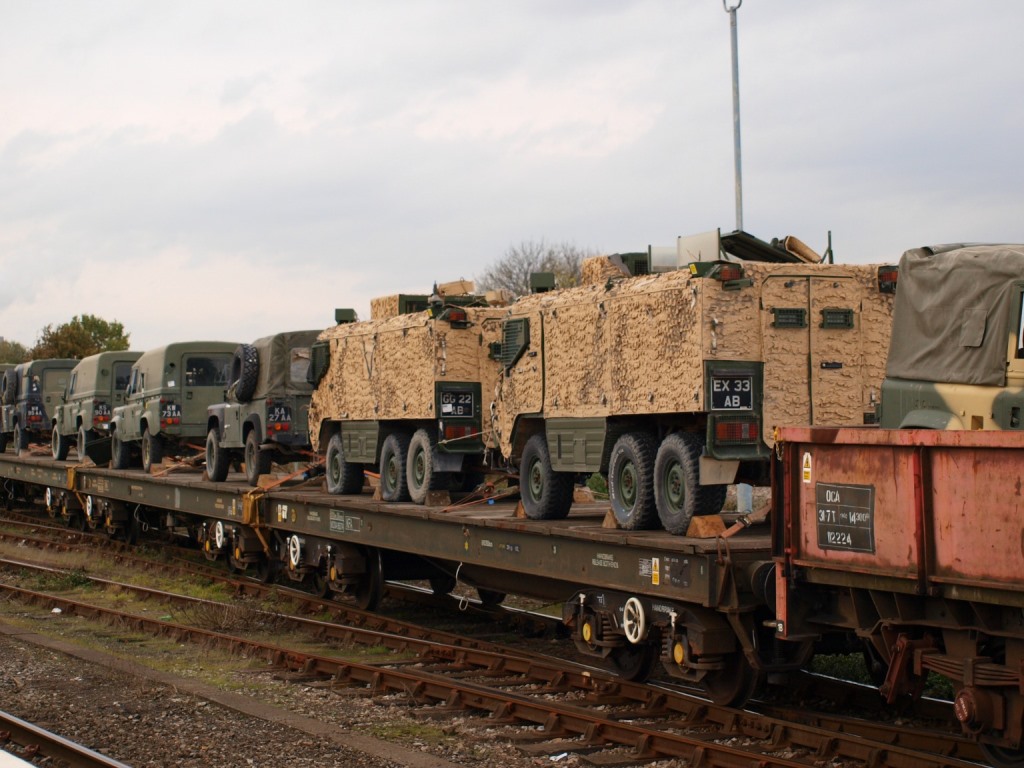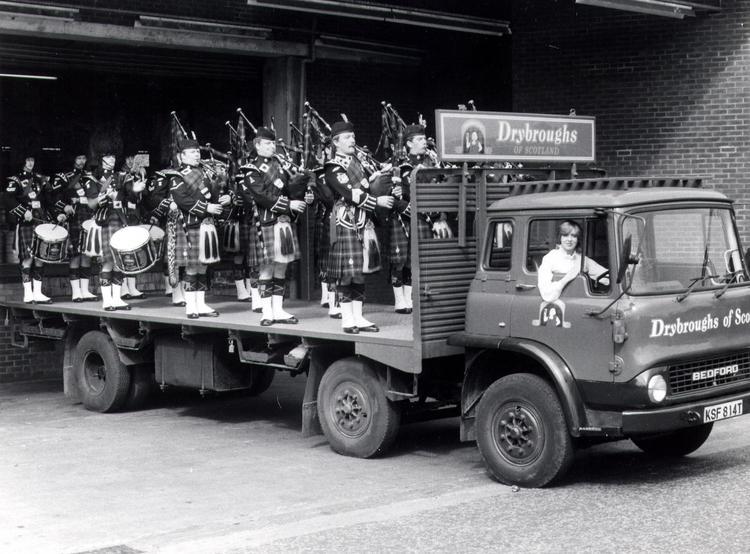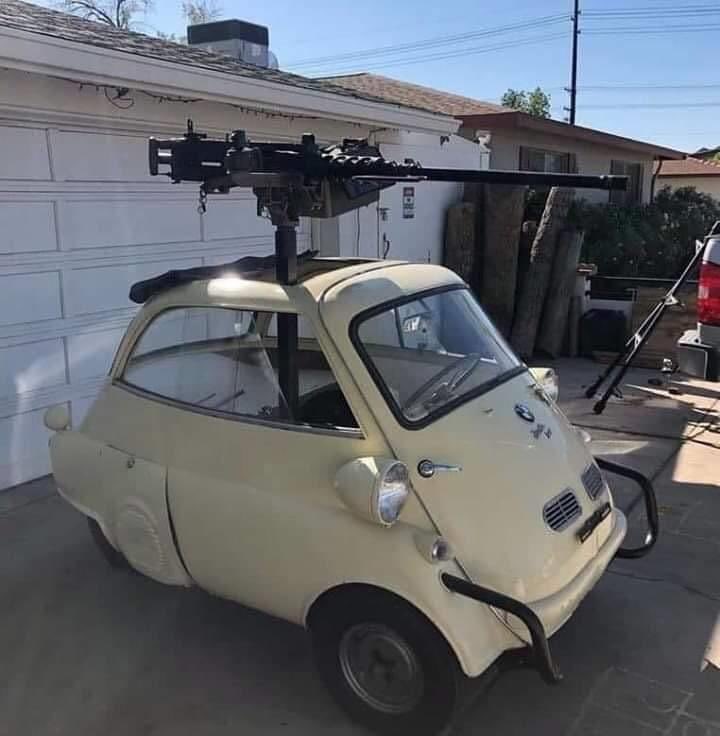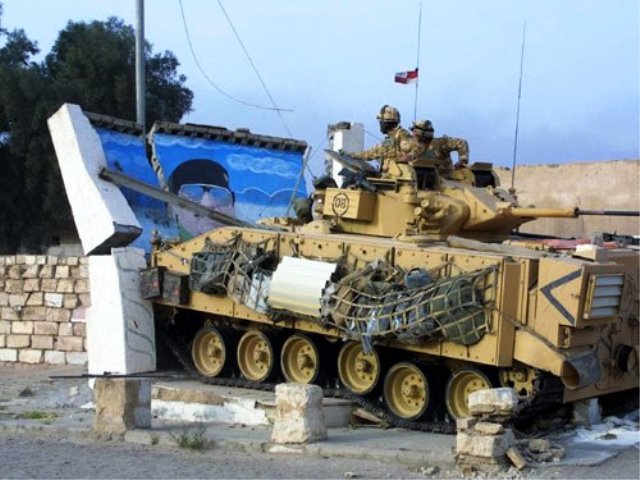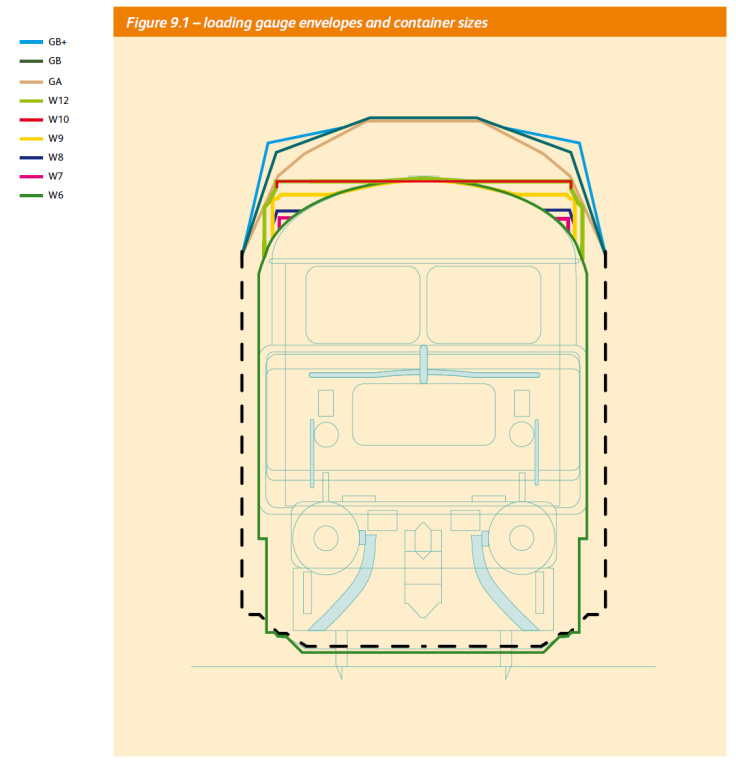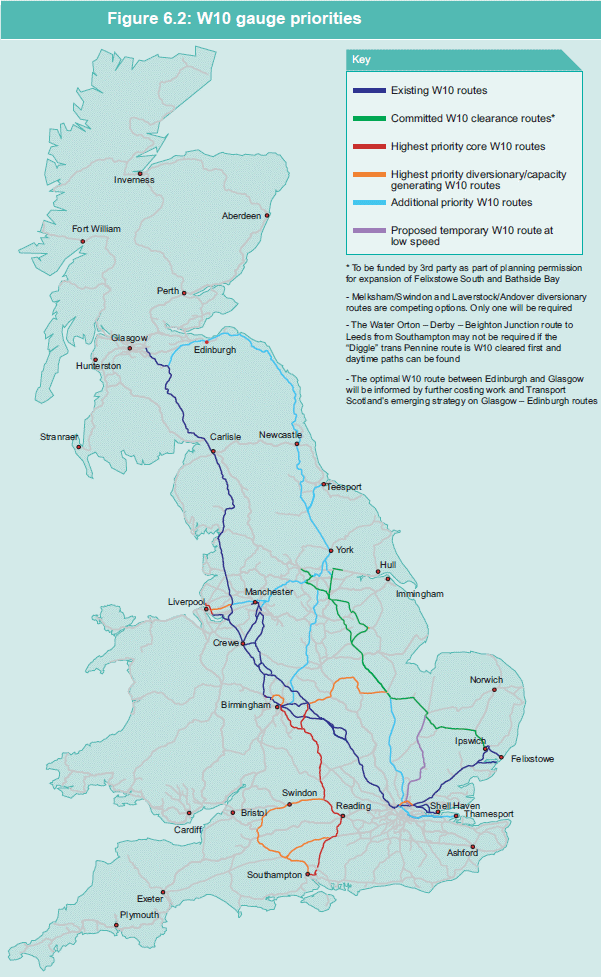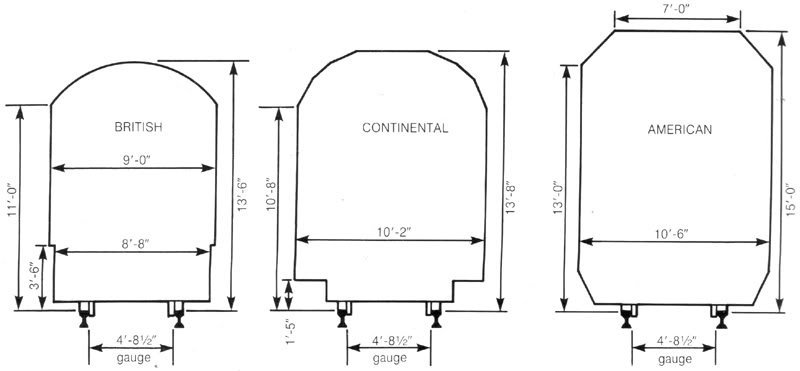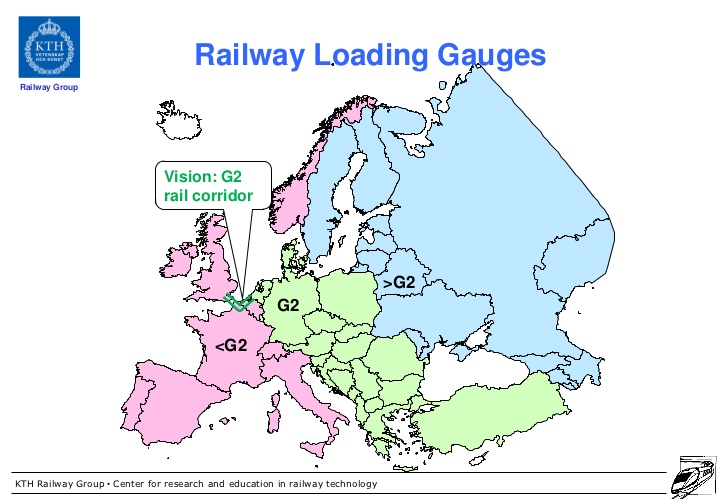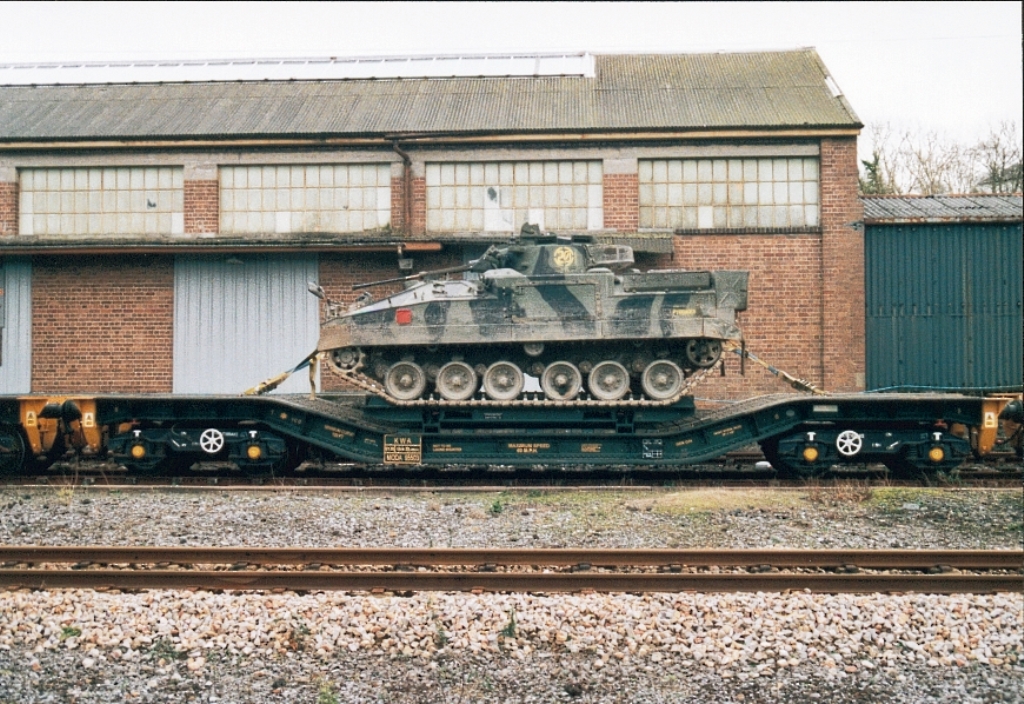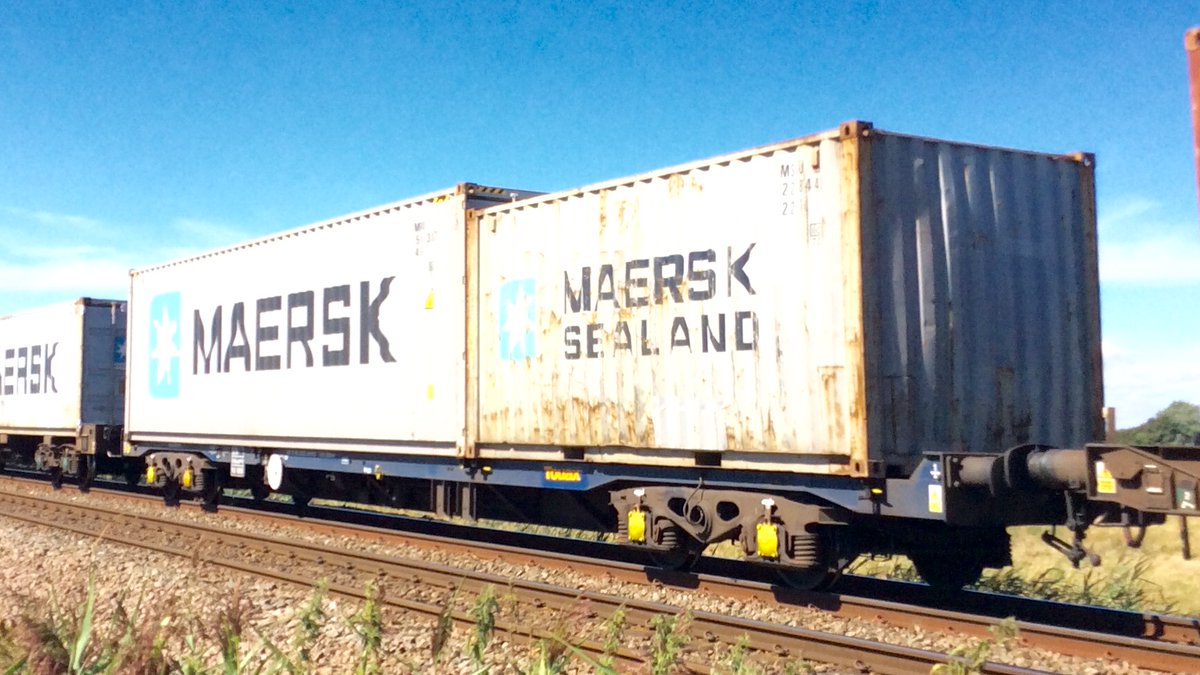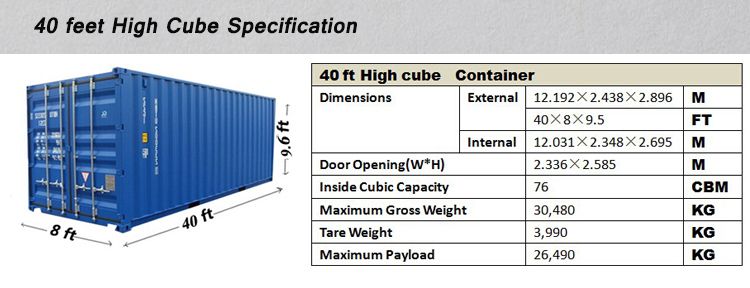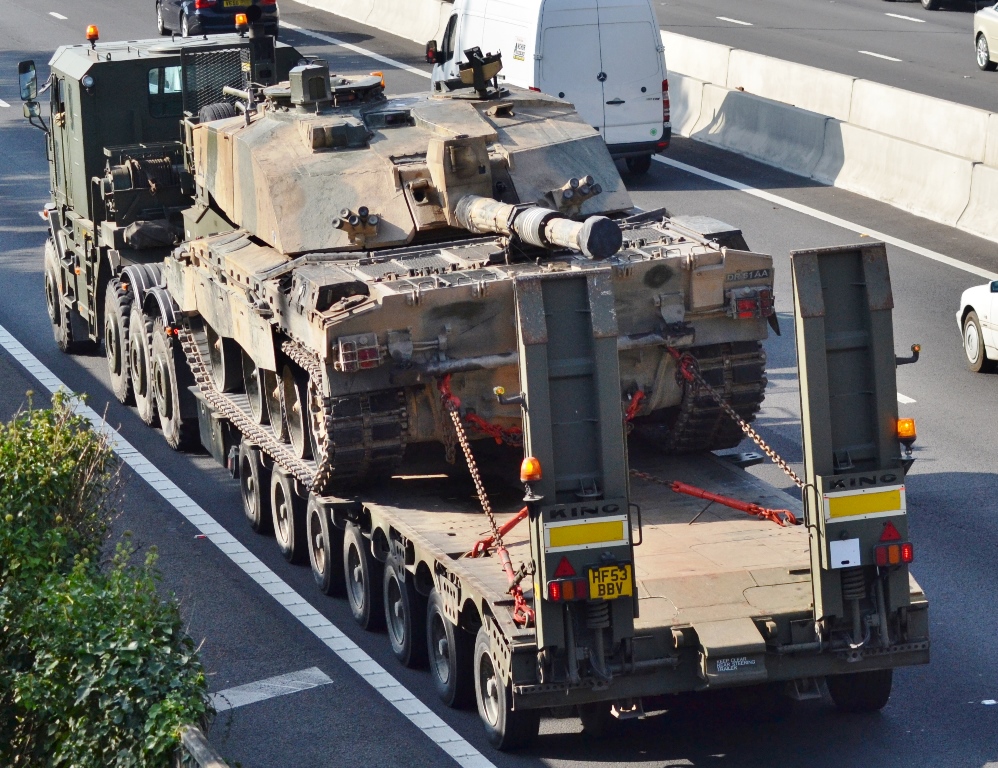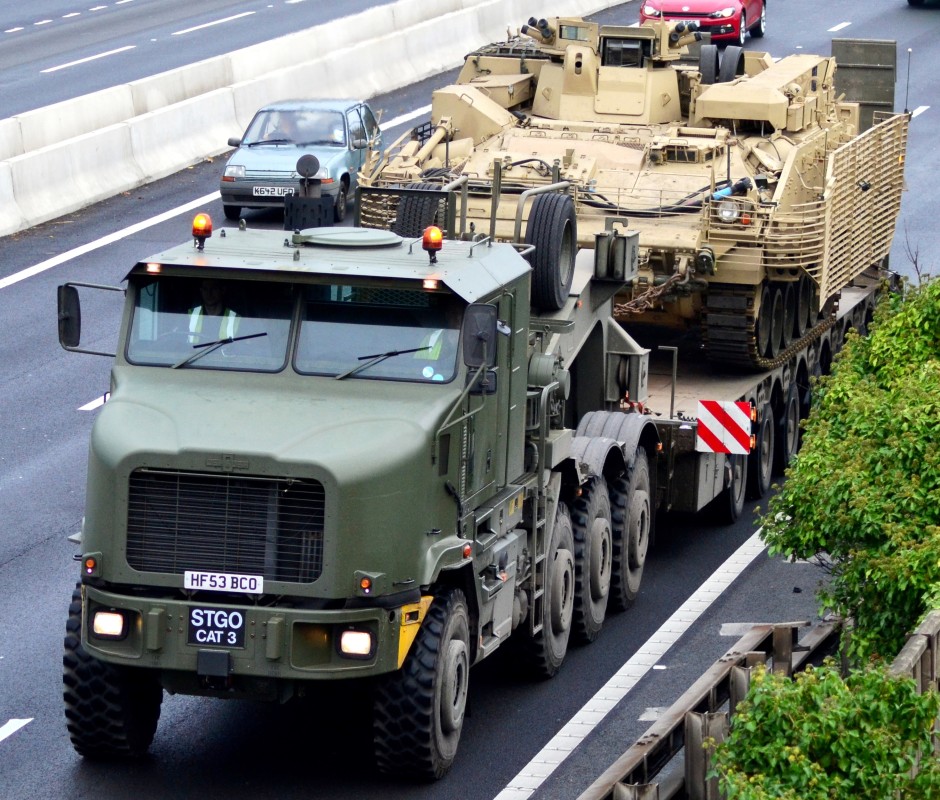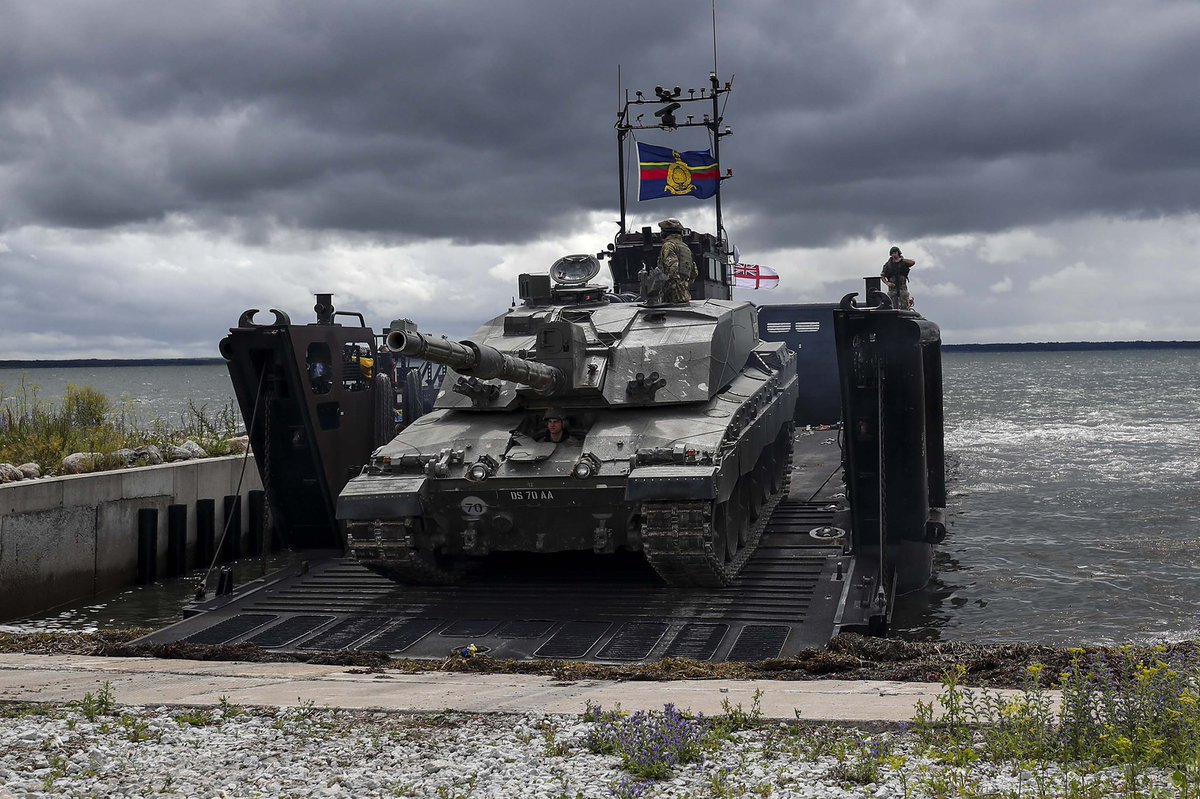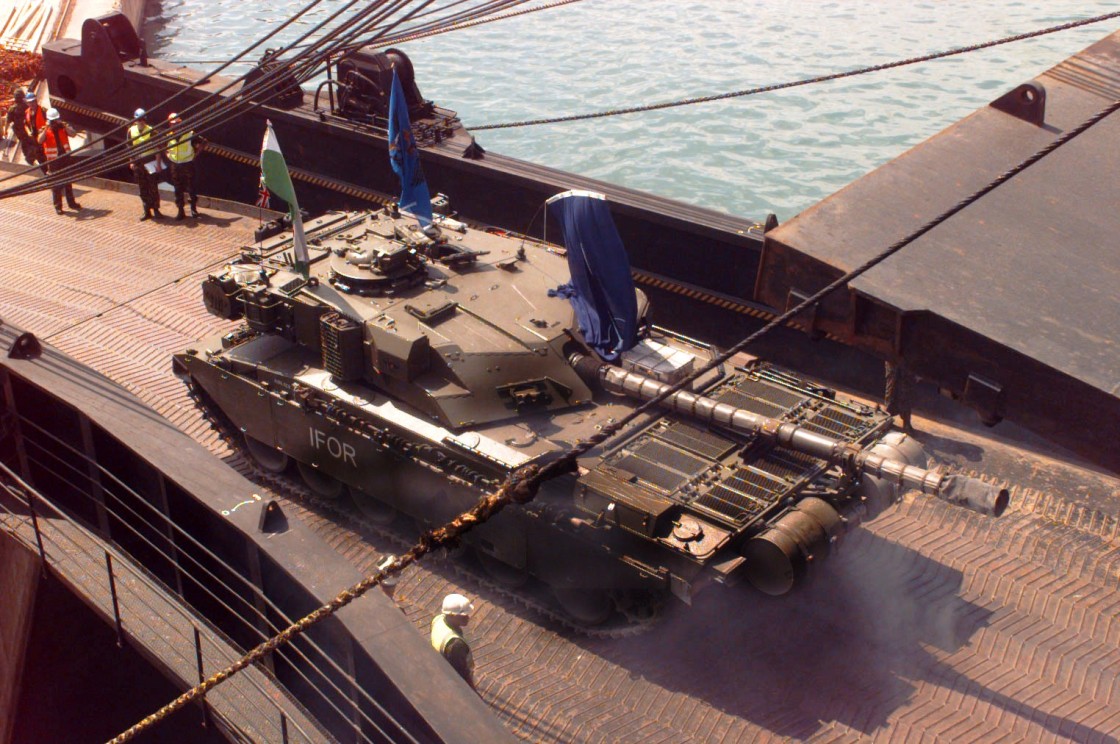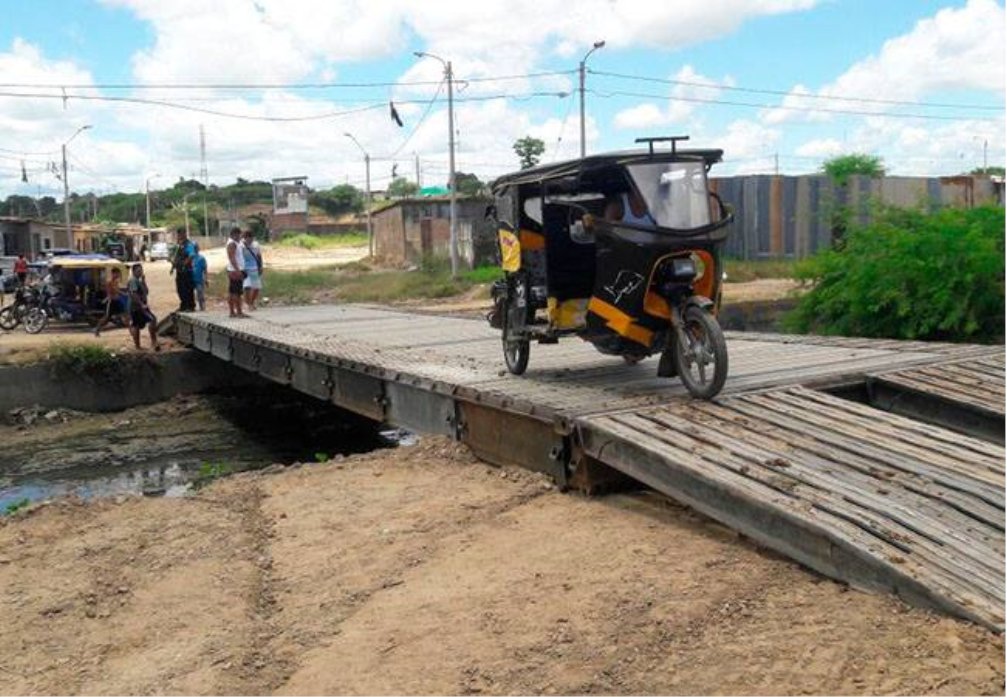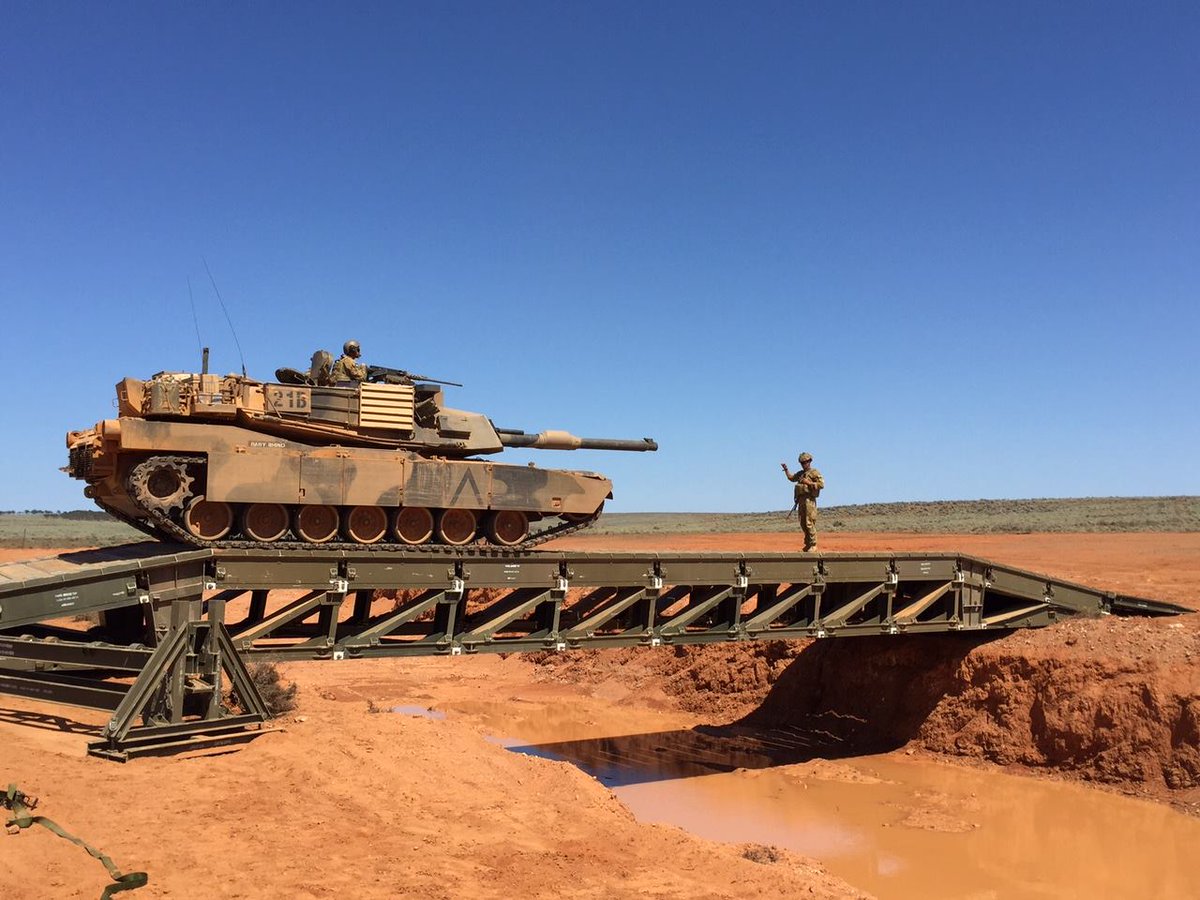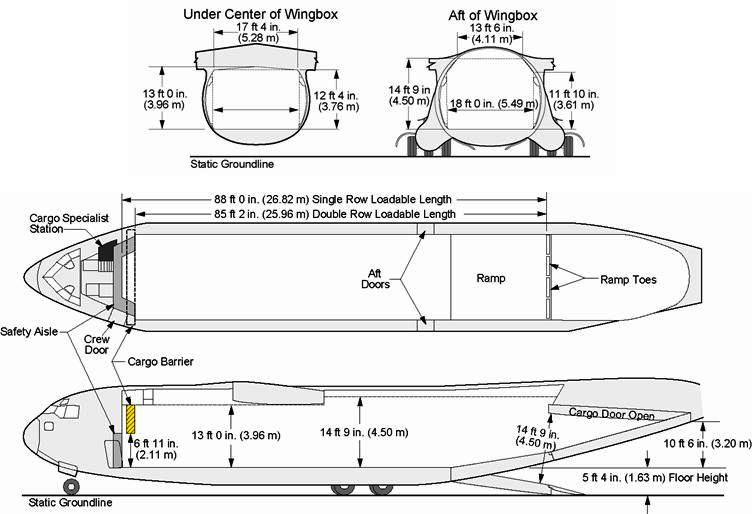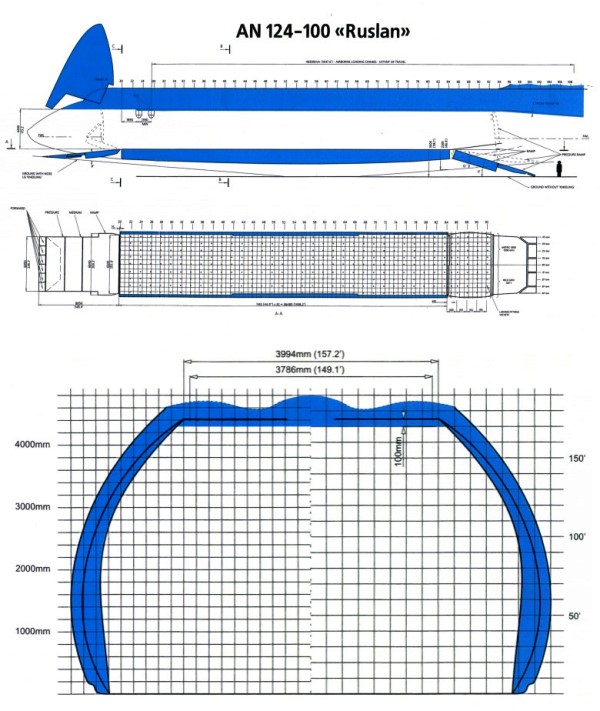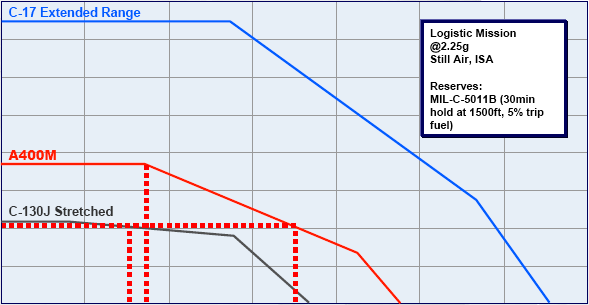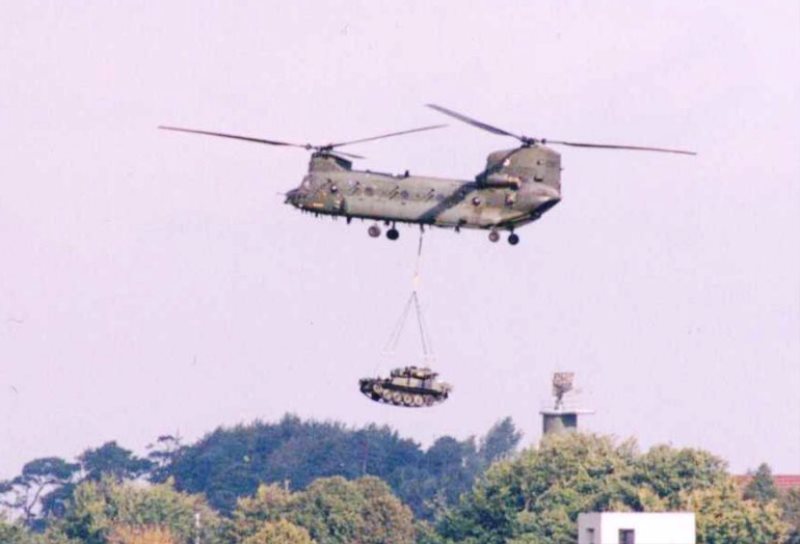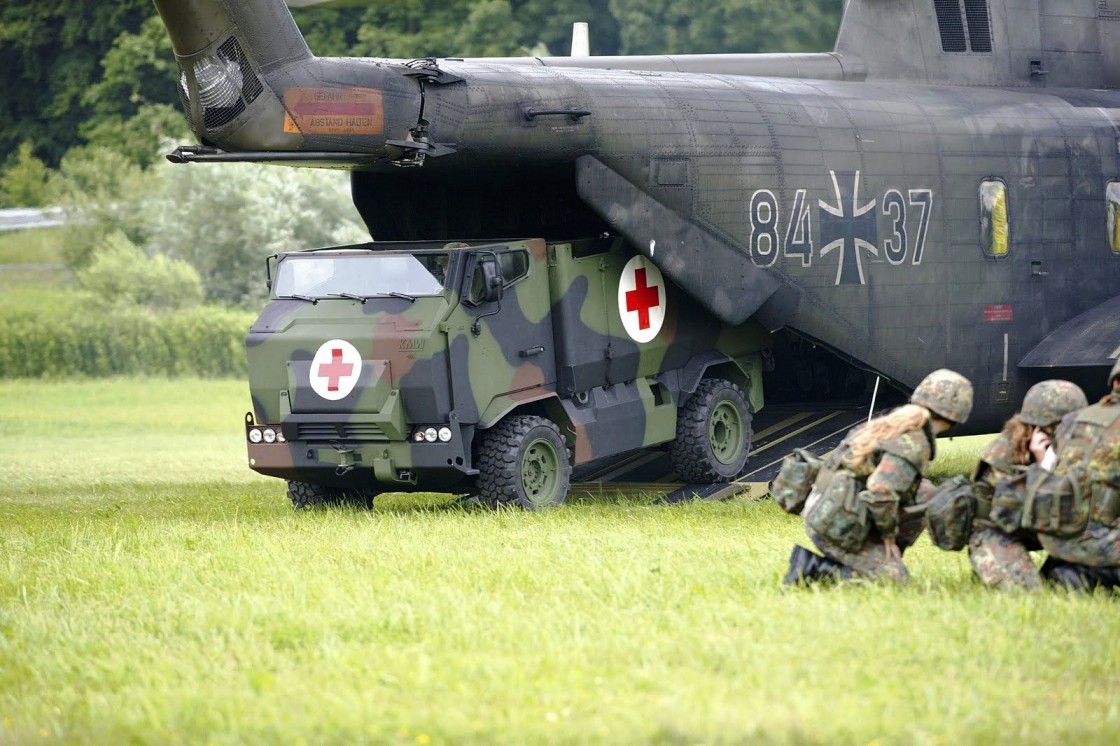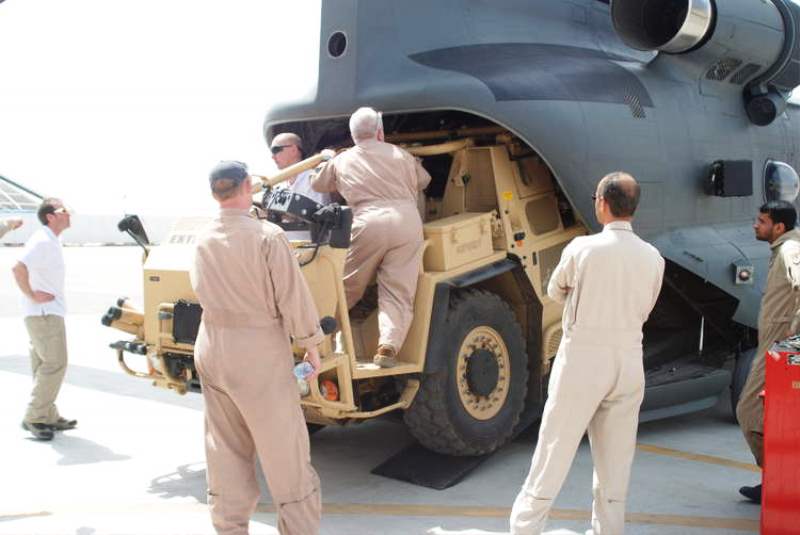To view it in simplistic terms, you can't apply any effect unless you are physically there, stand fast all you information operations and air power folks, we get it, no need to constantly bloody well go on about it
/2
/2
If you want to apply any reasonable effect, you have to have vehicles, ok, ok, not you light infantry people, yes, we know you like to walk everywhere.
/3
/3
Vehicles have to move through the physical world and that means constraints. Imagine a series of virtual boxes or loading gauges, through various boxes each vehicle must pass to enable inter and intra theatre mobility
/4
/4
If a vehicle is larger, to accommodate additional payload (which often drives up the weight of protection), it will need more support resources, so in general, vehicles occupy the minimum space possible and are as light as possible, to do their job
/5
/5
But everything is a compromise, trade-offs must be made where one part of the mobility, protection or function triangle is more important than another. A vehicle with extreme mobility is unlikely to have a high level of protection
/6
/6
Which brings us onto those real-world physical constraints. Critical weights and dimensions are the result of the world around us, transport infrastructure and the aircraft, ships and vehicle used to transport our operational vehicles
/7
/7
For rail travel, track gauges are the most common but we also have to think about tunnels, station roofs, and other track furniture such as catenary wires and overhead electrification systems, this is the loading gauge
Link below for history
/8
http://citeseerx.ist.psu.edu/viewdoc/download?doi=10.1.1.200.6291&rep=rep1&type=pdf
Link below for history
/8
http://citeseerx.ist.psu.edu/viewdoc/download?doi=10.1.1.200.6291&rep=rep1&type=pdf
The loading gauge is the most important constraining factor on vehicle dimensions. And in what should not be a surprise, there are loads of them, and because the UK has the worlds oldest rail network because it was the first, ours are the most restrictive
/9
/9
This matters because if you can't move your heavy vehicles by rail to a port, they are, essentially, useless. Unless of course you can transport them by road. The good news is that for port access and newer rail, lots of work is happening to improve matters
/10
/10
Rail is generally focused on the ISO container rather than outsize loads, so most of the effort is about making infrastructure capable of handling Hi-Cube containers, so sticking to these might not be a bad idea
/11
/11
Road is arguably the most common, with regulations on axle weights and dimensions varying by country. In the UK, anything over 44 tonnes and 2.9m requires special permission and lead time for approvals
/12
/12
Road weights, lengths, overhangs and widths are highly regulated, again, there are a collection of virtual gauges that vehicle designers must consider
/13
/13
Travel by sea generally has less of an impact but things like ramp loading limits and widths for landing craft and pontoons (if applicable)
/14
/14
Bridge capacity for weight and dimensions must also be considered, including military bridging equipment, although arguably less so in terms of transportability to theatre
/15
/15
Usually, the last resort, most air transportation to theatre by air is for highly sensitive vehicle traffic or those that are time-critical. It is also not just a case of weight and dimension limits in the singular. Roof heights can vary, and same for ramp and floor weights
/16
/16
Aircraft will usually not have a single uniform dimension or weight, and the higher the cargo weight, the lower the range. And pallet dimensions matter as well (you knew I was going to say that)
/17
/17
It is also important to consider multiples, the A400M might be able to transport easily something that is 18 tonnes, but drop down to 15 tonnes and it can do two at a time to a reasonable distance, for example. 3 tonnes might be a hard saving to find, but worthwhile?
/18
/18
Air despatch adds another variable for air transport, what is the maximum permitted weight for a parachute platform
/19
/19
Getting closer to the aggro, we might even think about helicopter interior dimensions and sling load capacity, all relevant constraints for some types of vehicle
/20
/20
With so many of these, the mind boggles at the complexity of it all, who would be a requirements manager and designer! But perhaps we can define some rules of thumb, the following looks at air transportability for light mobile forces
/21
/21
Appreciate many sniff at vehicle air portability as a concept but this is one example, none of this is simple, and there are many trade-offs. But, the physical world drives vehicle design, just as much as how many people it can carry or shots withstand, now stop sniggering!
/END
/END

 Read on Twitter
Read on Twitter